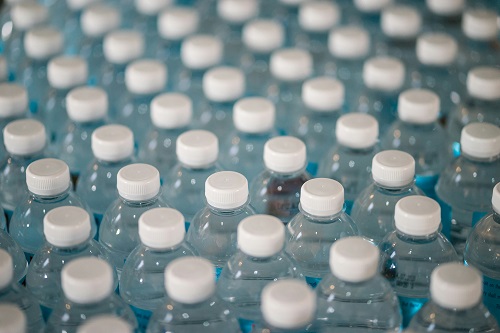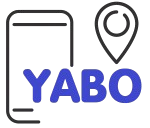Bottled Water Venture Business

Type: Manufacturing and Distribution
Key Product: Bottled Water (Mineral, Purified, Sparkling, Flavored, Spring)
Technology Considerations: Water treatment equipment, bottling machinery, labeling machines, and vehicles.
Market for the Product: General population, offices, institutions, events, retail outlets, and restaurants within Kenya.
Key Inputs into the Business: Raw water source, water treatment chemicals, bottles, labels, packaging materials, and labor.
Product Preparation Process:
- Water sourcing and quality assessment.
- Water treatment to meet regulatory standards.
- Bottling, sealing, labeling, and packaging.
- Quality control checks.
Quality Considerations:
Compliance with KEBS standards for bottled water.
Regular testing of water quality and production processes.
Hygienic bottling and packaging practices.
Cost of Investment:
Equipment and Machinery A water purification system costs 5,500 which is the cheapest with the most expensive and intricate one costing KES 230,000
Licenses and Permits: NEMA license is 10,000 ksh, Food and Safety license is 5,000 per year, KEBS certification is 10,000 per year
Initial Operating Expenses Variable depends on location
Required Operational Infrastructure:
Manufacturing facility with water treatment and bottling lines.
Warehouse for storage of raw materials and finished products.
Office space for administrative tasks.
Transportation fleet for distribution.
Most Suitable or Viable Location:
Proximity to a reliable water source.
Accessible to target markets.
Compliance with zoning and regulatory requirements.
Potential Sources of Investment Capital:
Personal savings
Bank loans
Investors
Government grants (if applicable)
Requirements for Effective Management:
Financial management for budgeting and cost control.
Human resource management for staffing and training.
Operations management for production efficiency.
Role of Mobile Phone and ICT:
Order management and tracking.
Communication with suppliers and distributors.
Marketing through digital platforms.
Statutory Regulations and Licenses:
Food Safety License from the Public Health Department.
KEBS Certification for compliance with standards.
NEMA License for environmental management.
Pricing:
Competitive pricing based on market analysis and production costs.
Pricing strategy to consider affordability and brand positioning.
Profitability:
Projected revenue from sales volume and pricing.
Monitoring of production costs to ensure profitability.
Next Steps to Take:
Procure necessary equipment and machinery.
Obtain licenses and permits from regulatory authorities.
Set up operational infrastructure.
Develop marketing and distribution channels.
Launch and monitor initial operations.
Continuously assess and adapt strategies for growth and profitability.

